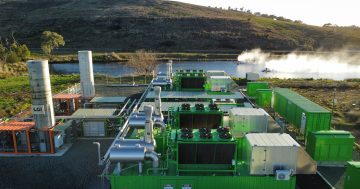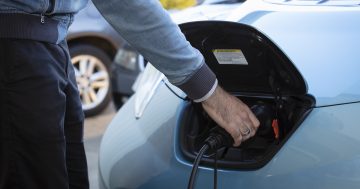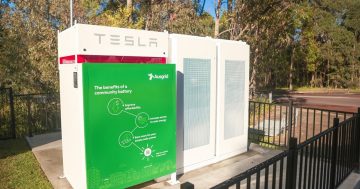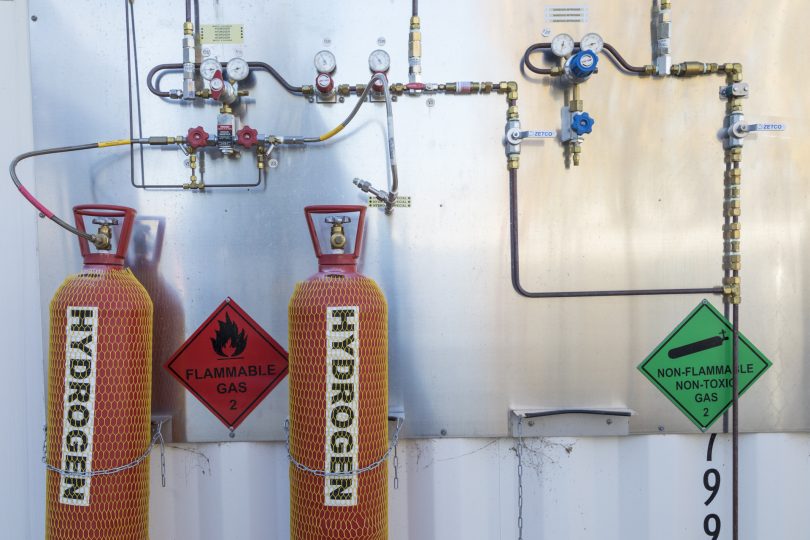
A first-of-its-kind hydrogen test facility is now located at CIT’s Fyshwick campus. Photo: Region Media.
Most Canberrans are aware that the ACT Government is working towards a target of zero-net greenhouse gas emissions by 2045, but not many people realise that the ACT’s existing natural gas network is expected to transition to 100 per cent renewable gas.
Approximately 22 per cent of the ACT’s total greenhouse gas emissions currently come from natural gas use but per capita natural gas consumption has been falling since 2011 due to more efficient houses, the uptake of more efficient gas appliances and rooftop solar power. But these changes do not necessarily mean the end of gas for the region. The solution, say the experts, is renewable hydrogen.
While still in its early testing stages, Evoenergy Gas Manager Bruce Hansen says the key to using hydrogen is to implement a staged approach that is compatible with the current network and existing appliances.
“We already have a vast network of pipes and infrastructure, we just need to be prepared to do things in stages, with good research and training,” Mr Hansen said.
The Master Plumbers Association says they support using green hydrogen as an alternative to natural gas and are in discussion with the government to inform and collaborate on the phasing out of natural gas in the ACT.
Master Plumbers Association ACT board member Robert Edwards says, “The government’s response has been positive so far, as hydrogen is compatible with their overall aim to reduce CO2 emissions. Green hydrogen has no emissions other than water and heat. Hydrogen is the most common element in the universe, it doesn’t need to be mined, and it can be produced anywhere there is water,” Edwards explained.
Edwards says other advantages to hydrogen are that it is renewable, lightweight and has no legacy issue such as waste.
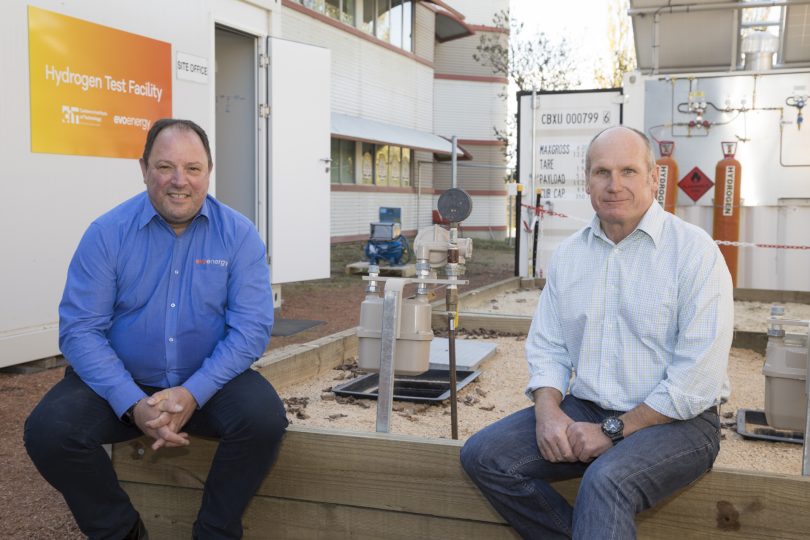
Evoenergy Gas Manager Bruce Hanson with Master Plumbers of Australia Board Member Robert Edwards. Photo: Region Media.
A first-of-its-kind hydrogen test facility is now located at CIT’s Fyshwick campus, thanks to a collaboration between Evoenergy and the Canberra Institute of Technology (CIT). Launched in December 2018, it is the product of more than 12 months of research and planning by Evoenergy and the CIT. Evoenergy hopes that the results will deliver a positive impact both in the ACT and across Australia.
Evoenergy’s Bruce Hansen says they are currently testing what level of hydrogen can be mixed with natural gas to help reduce the amount of CO2 emissions but still use the current network and appliances.
“It is not feasible to make a full switch to hydrogen at this stage but we certainly hope to get there. There are challenges we need to overcome, such as changes to infrastructure and adapting appliances but by introducing a mix of hydrogen into the system as soon as possible we can start to reduce emissions.”
Renewable hydrogen gas is a solution that can be applied to multiple energy needs. Compressed hydrogen gas can be stored for fuel for heavy machinery, and hydrogen and batteries can work together for home energy solutions.
“It is important that people are aware that they don’t have to choose between batteries and gas. I see future energy use as being similar to today where we have combinations of grid power, solar, wind, battery and gas,” Edwards said.
Production of renewable hydrogen gas is by electrolysis, using electricity from renewable sources to split water into hydrogen and oxygen. While only minimal water is required, the limiting factors at present are the cost of electricity and the cost of hydrogen generators (electrolysers).
“As the cost of electricity comes down through the use of renewables and the demand for electrolysers increases, hydrogen gas will become more viable. The fact is, hydrogen gas is where solar was 30 years ago,” Hansen said.
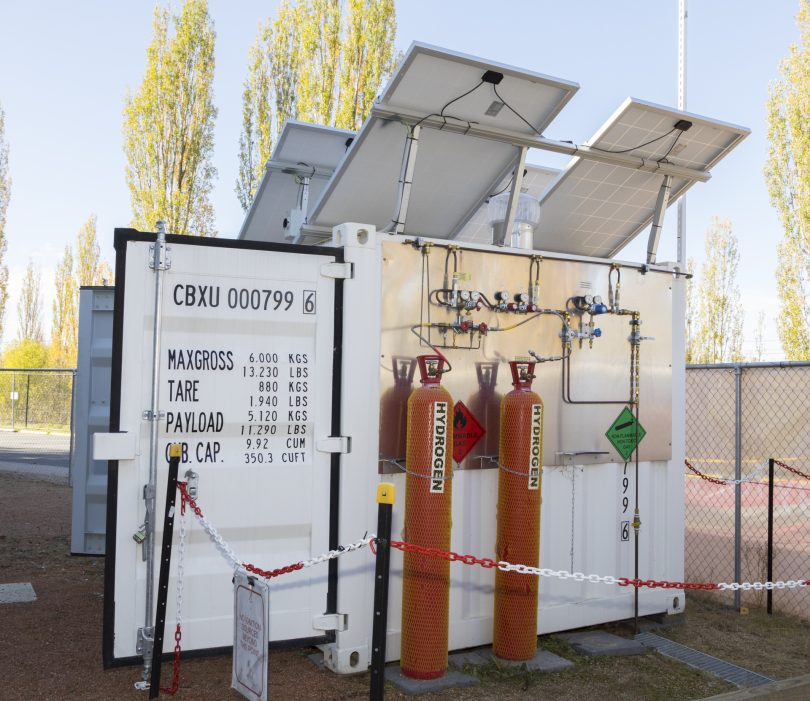
Evoenergy is testing what level of hydrogen they can mix with natural gas. Photo: Region Media.
Longer term, Hansen says hydrogen gas can be used in an electricity network to balance demand.
“Evoenergy is in the unique position of owning an electricity network and a gas network. No other network operator in the country holds both in the same place. We are working on a model that can use surplus electricity in the grid to produce hydrogen gas that can then be stored in the existing gas pipe network around the ACT. The hydrogen gas can be converted back to electricity at times of peak demand,” Hansen said.
Edwards says for hydrogen to succeed, more government support is required, similar to what solar panels and solar hot water received in the early days.
“We also need more awareness in the community of what is possible with hydrogen and change the perception that hydrogen is less safe than other gases we have in our homes. I would rather have hydrogen in my home over LPG any day.”
Find more information on Evoenergy Hydrogen Test Facility and Master Plumbers ACT.












